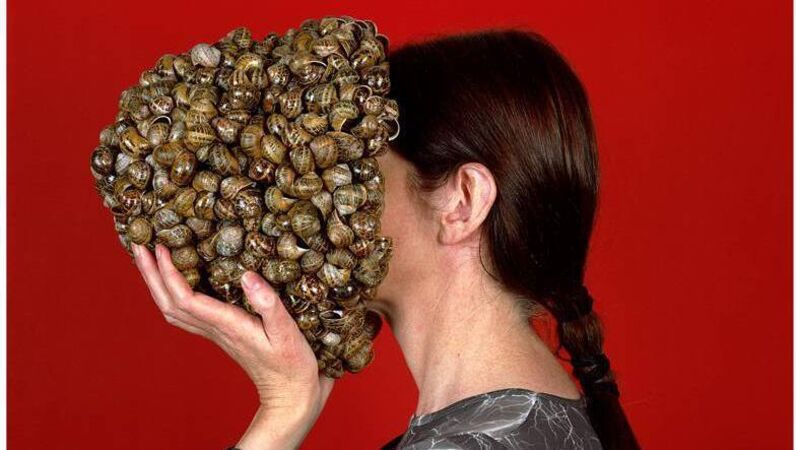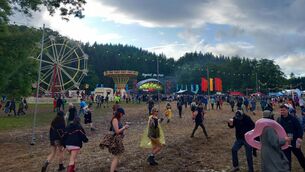Munster in 30 Artworks: No 14 - Alice Maher’s Helmet, at University of Limerick

Helmet is one of thirteen self-portraits Maher produced for an exhibition at the Green on Red Gallery in Dublin in 2003. (c) Alice Maher 2003. Lambda print. Picture: Kate Horgan.
The National Self-Portrait Collection of Ireland, on permanent display at the University of Limerick, comprises more than 400 works by artists born in or resident on the island of Ireland.
As the collection’s title suggests, most of the works are studies of the artists’ faces, in the mediums of painting, drawing, sculpture, print and photography. However, one of the most striking images is Helmet, a photographic work by the Co Tipperary-born artist Alice Maher, in which her face is not actually visible at all, covered as it is by a ‘helmet’ of snails’ shells.







